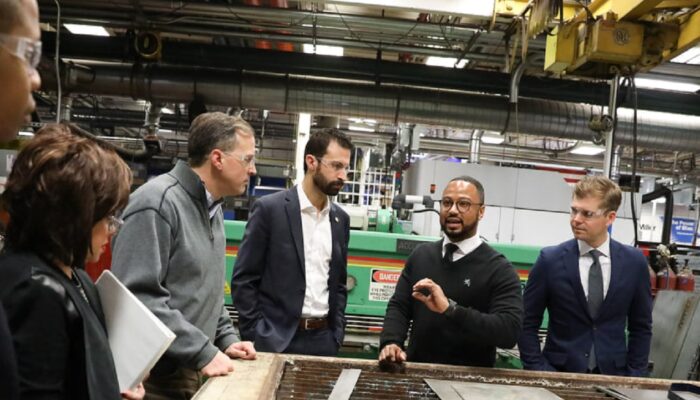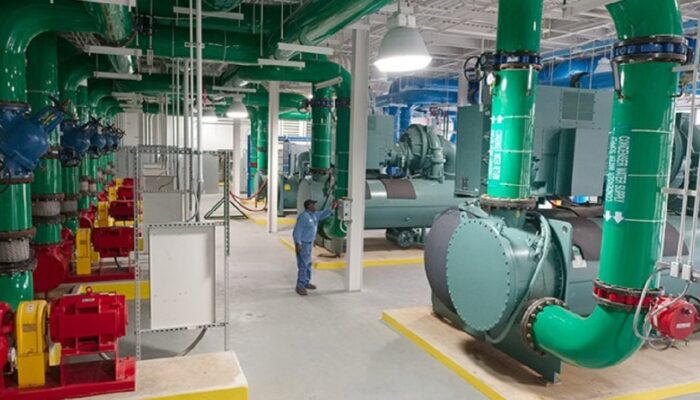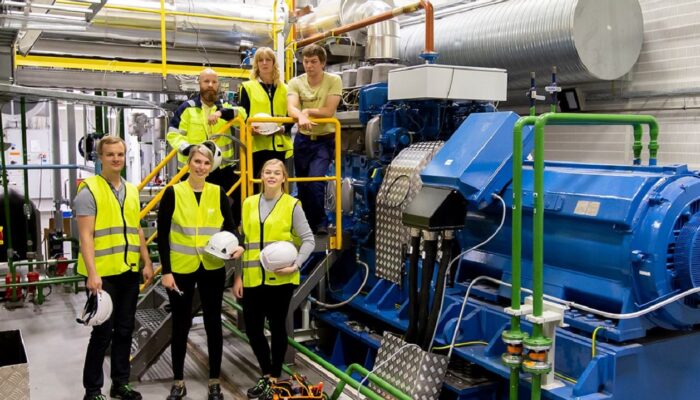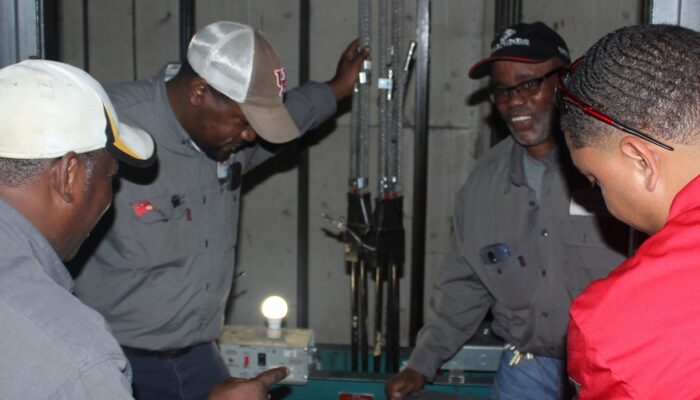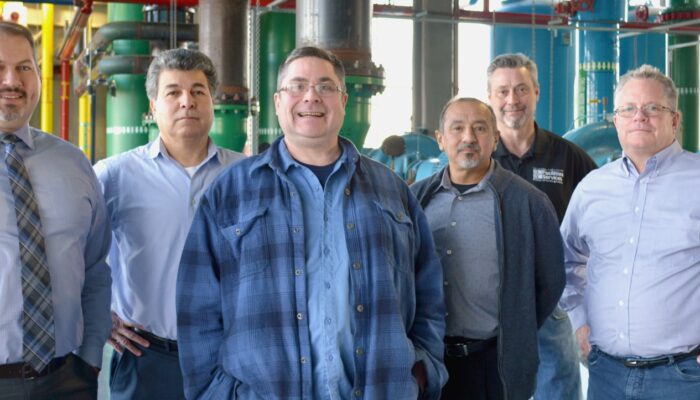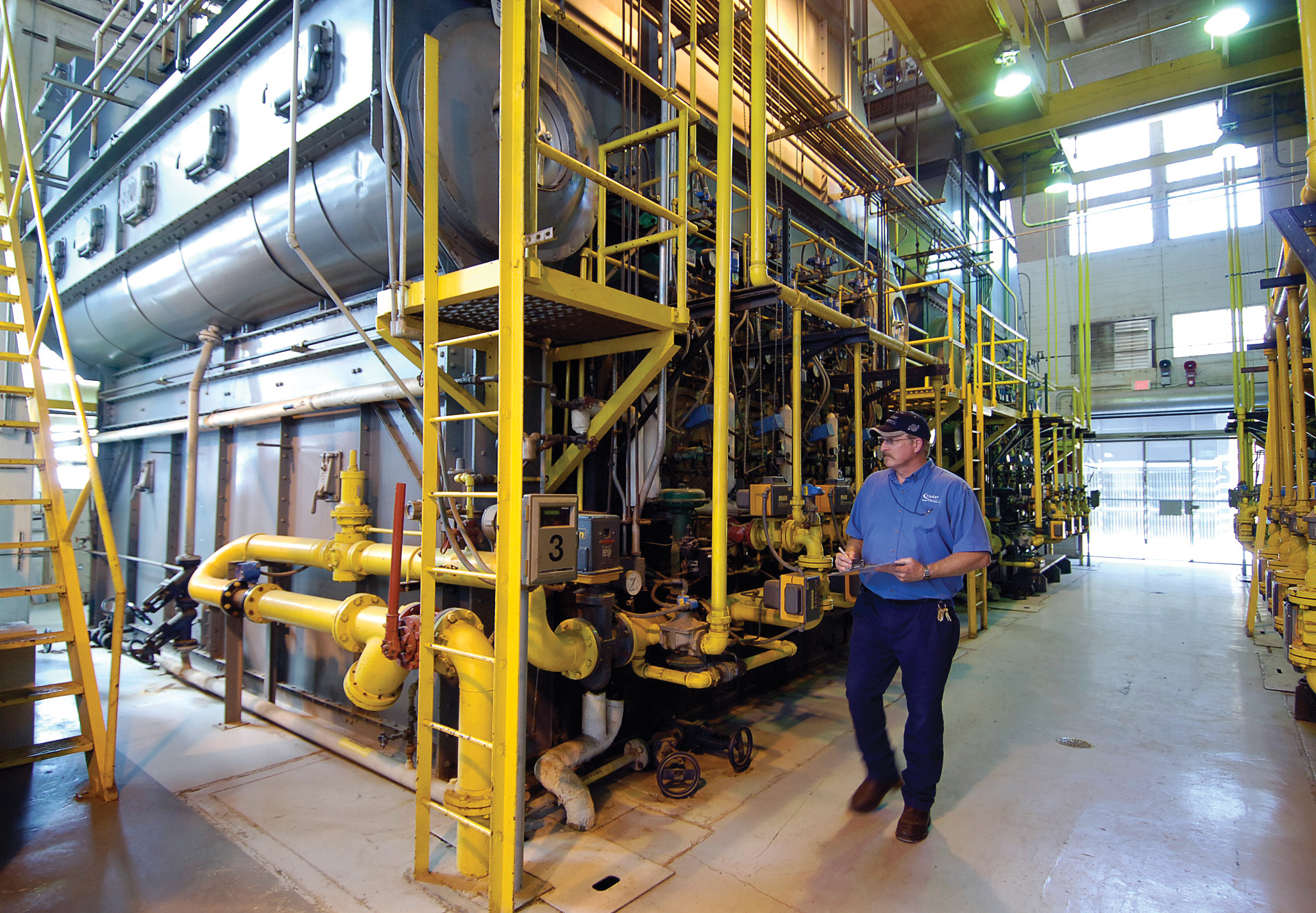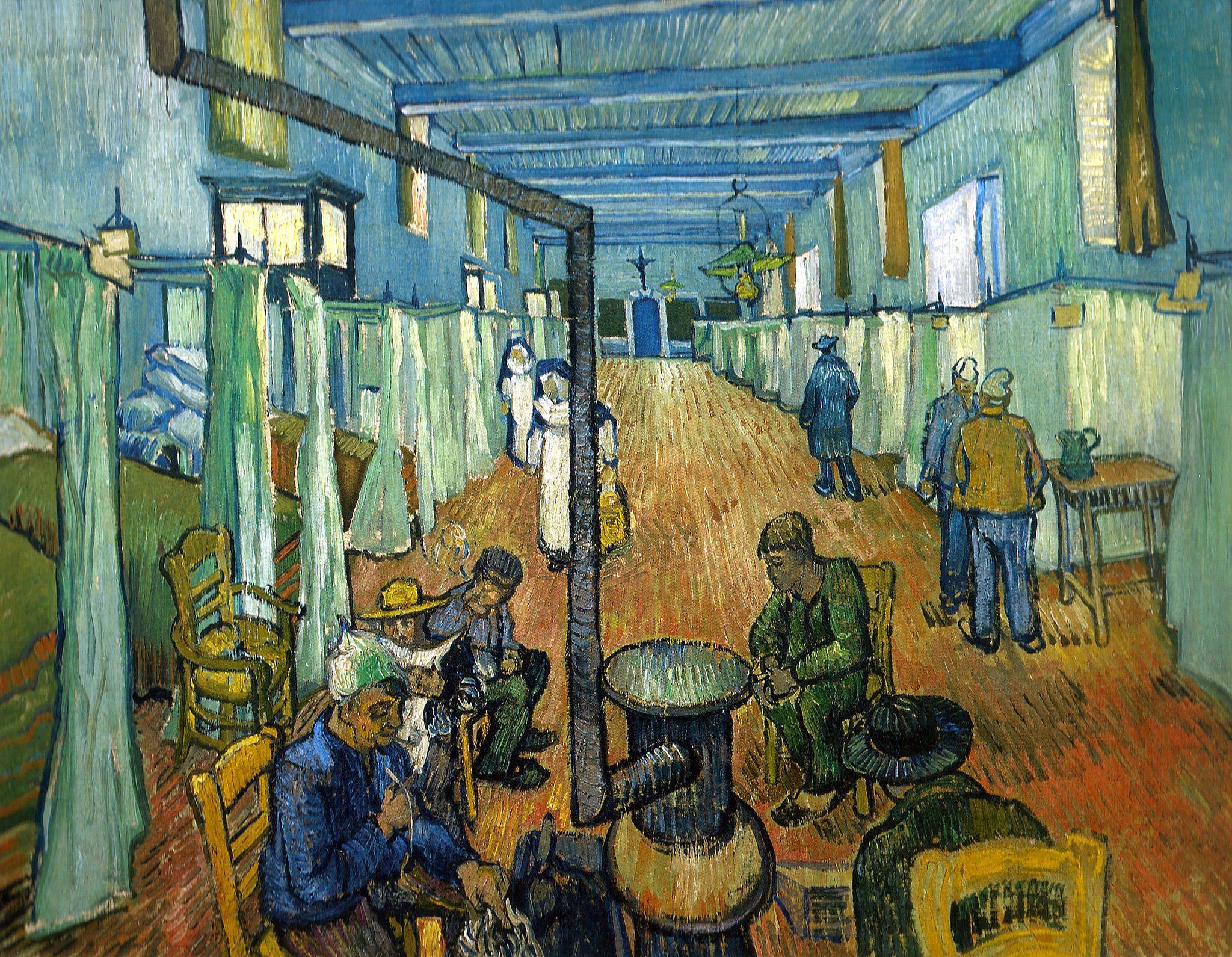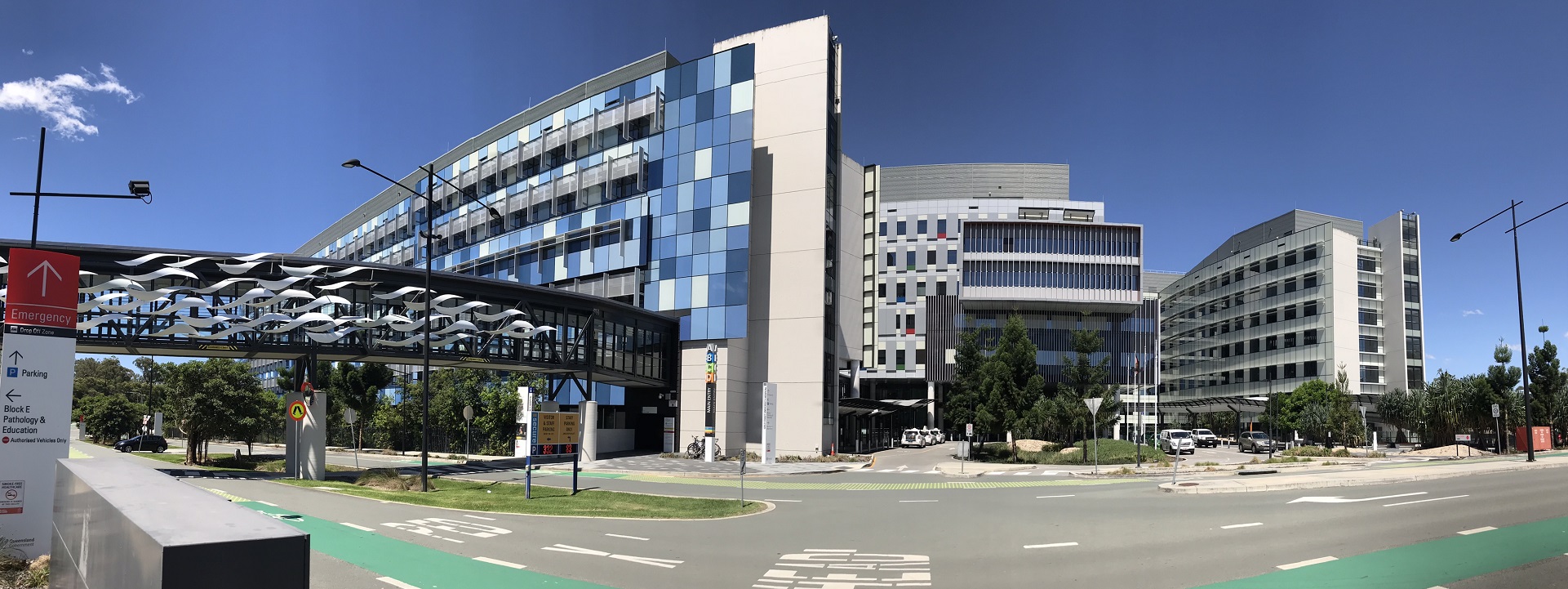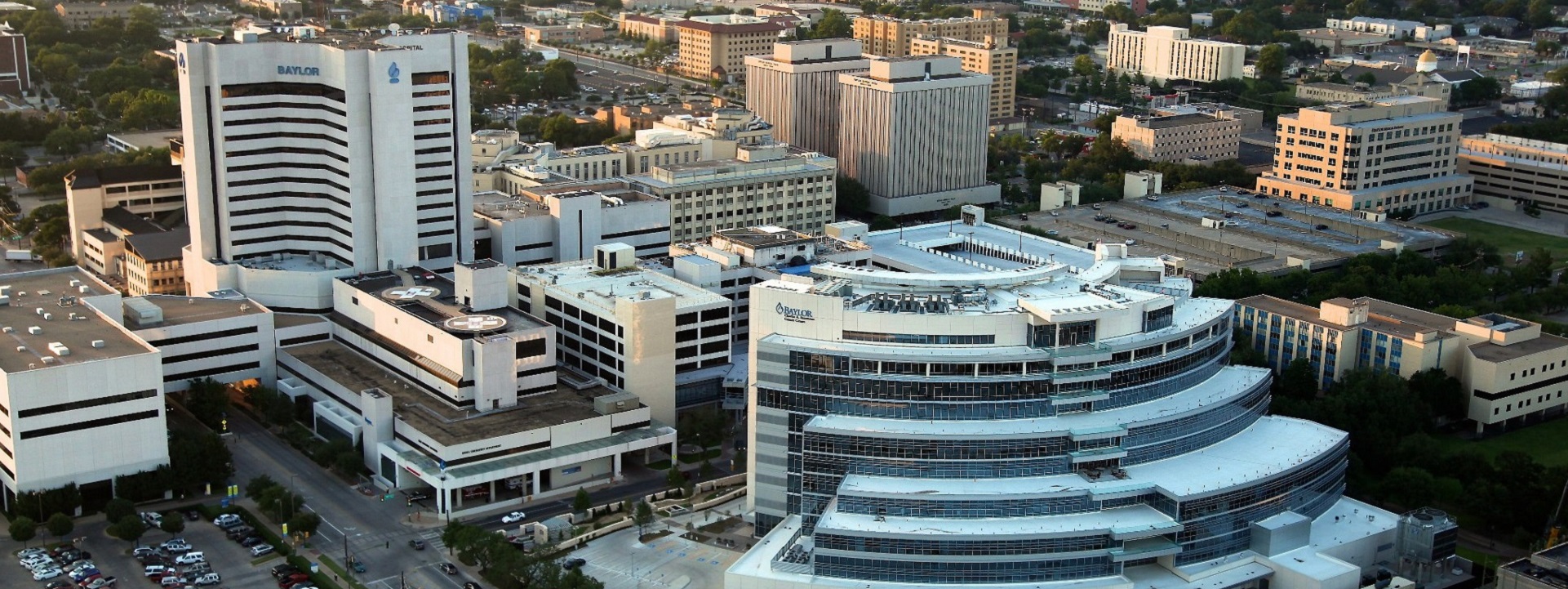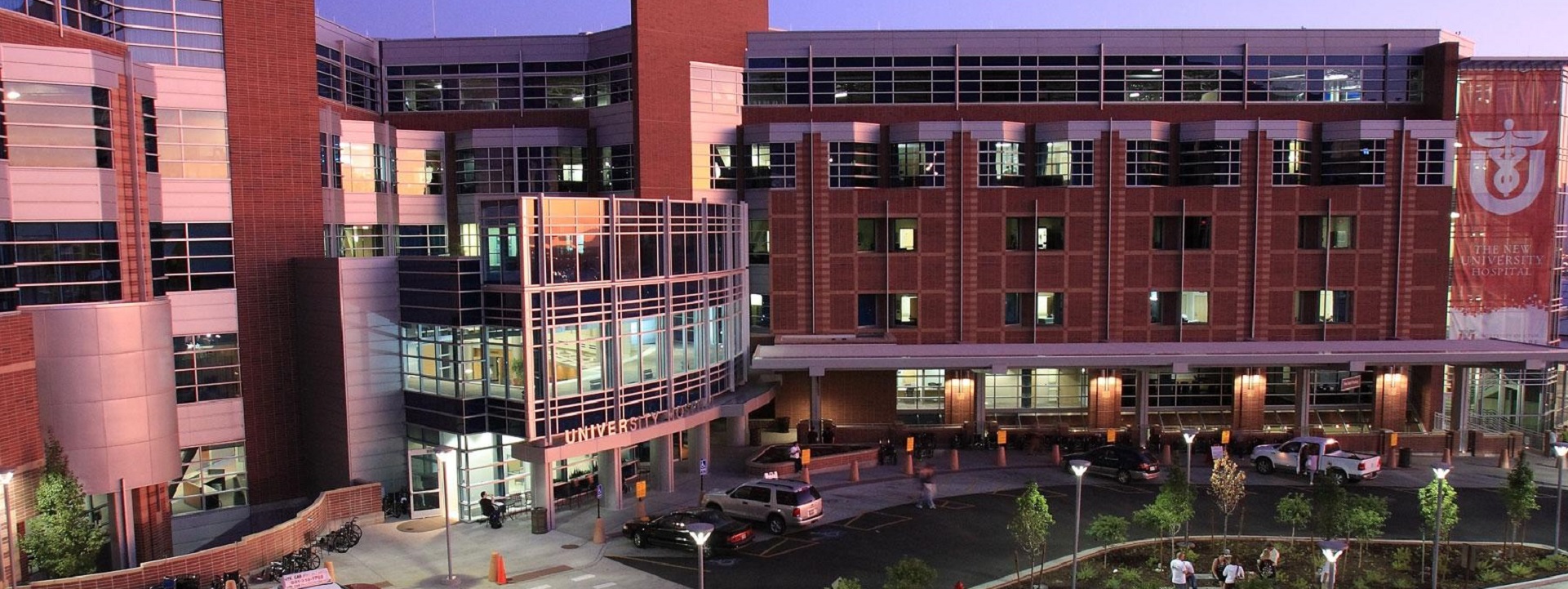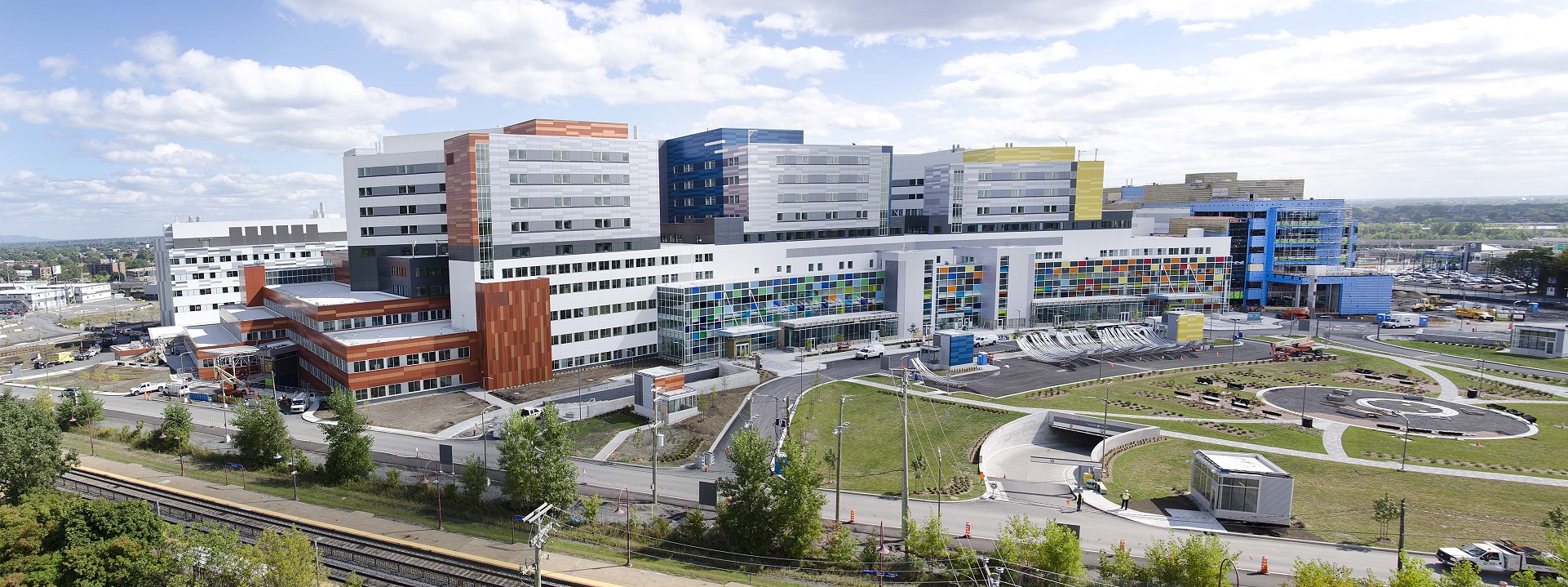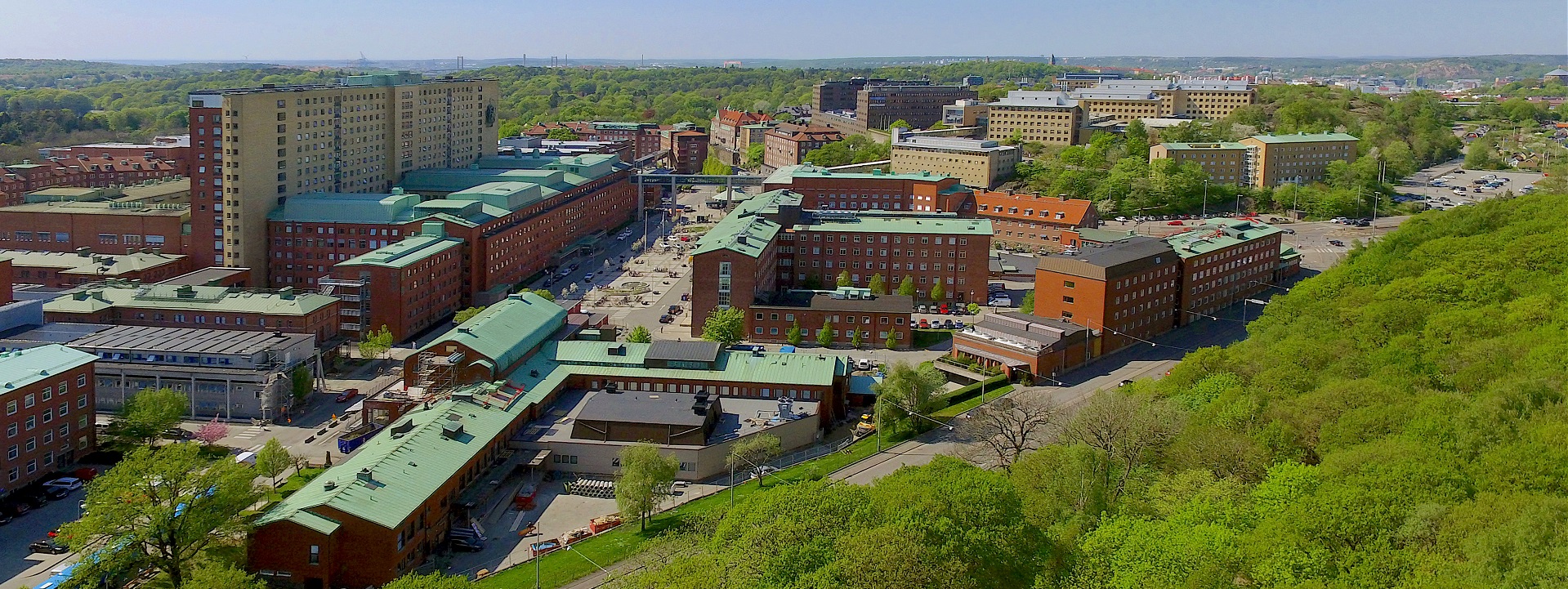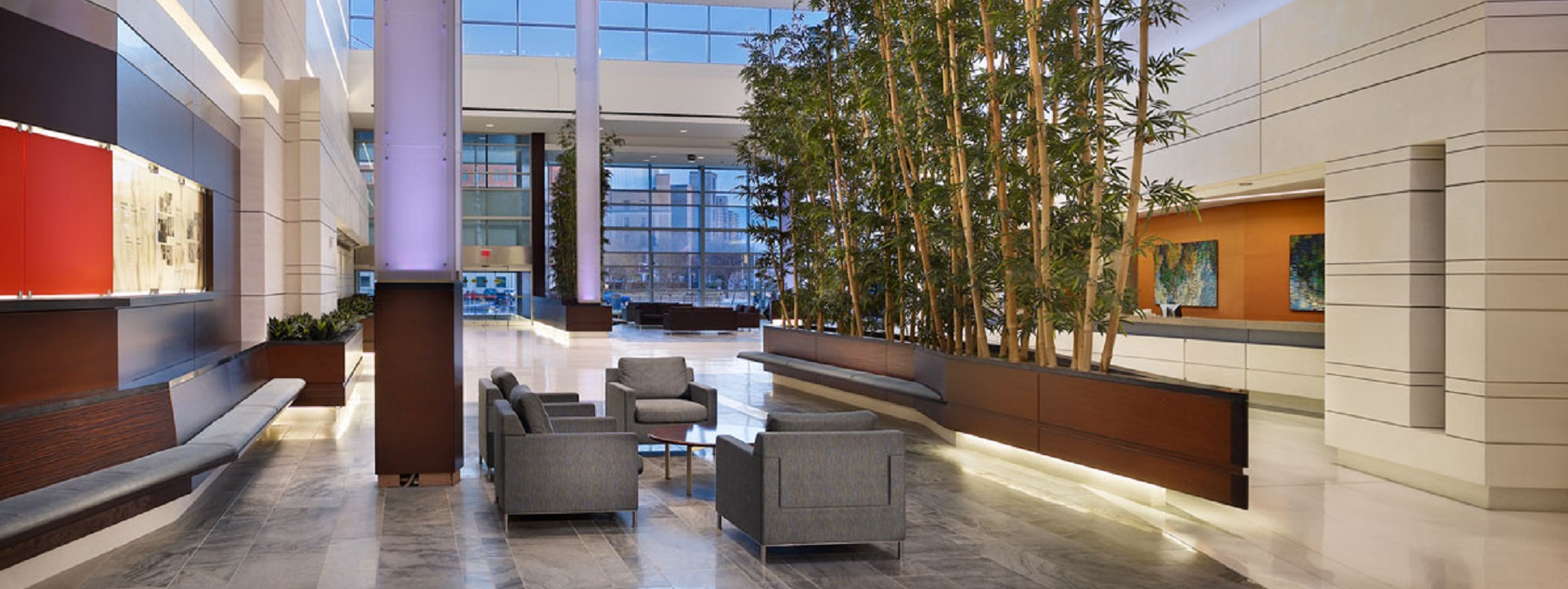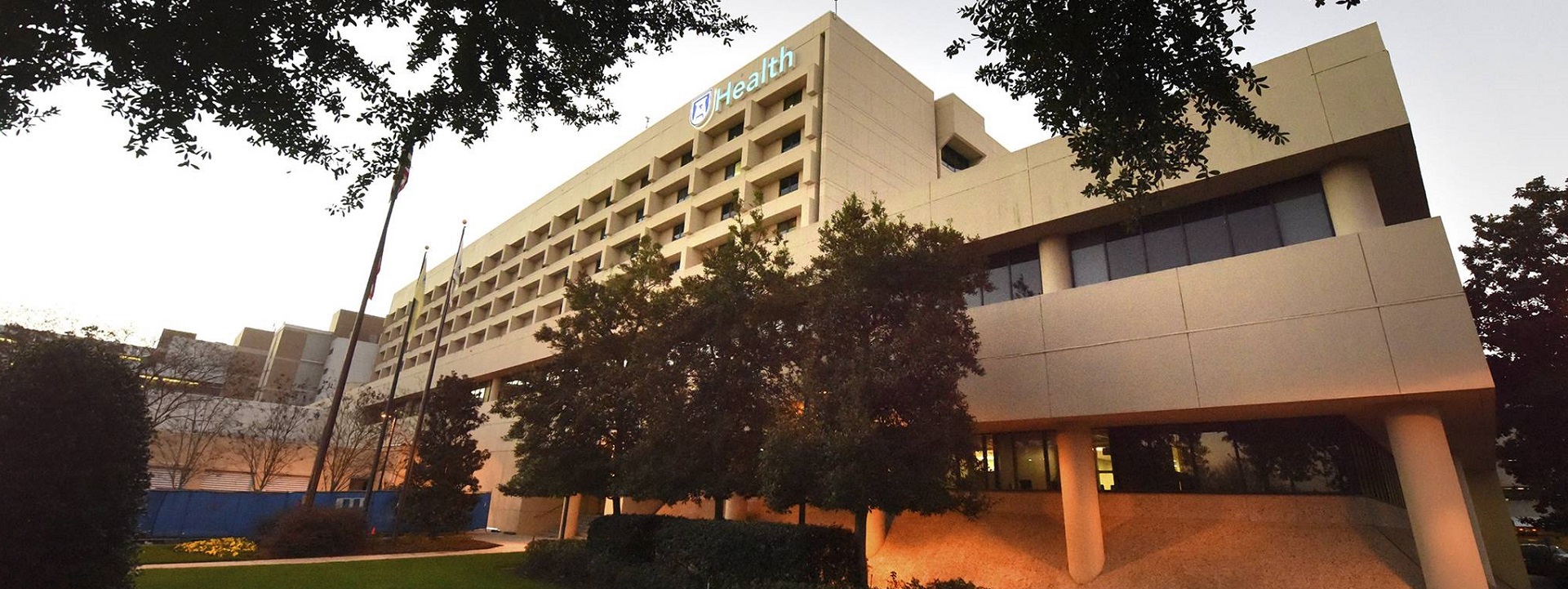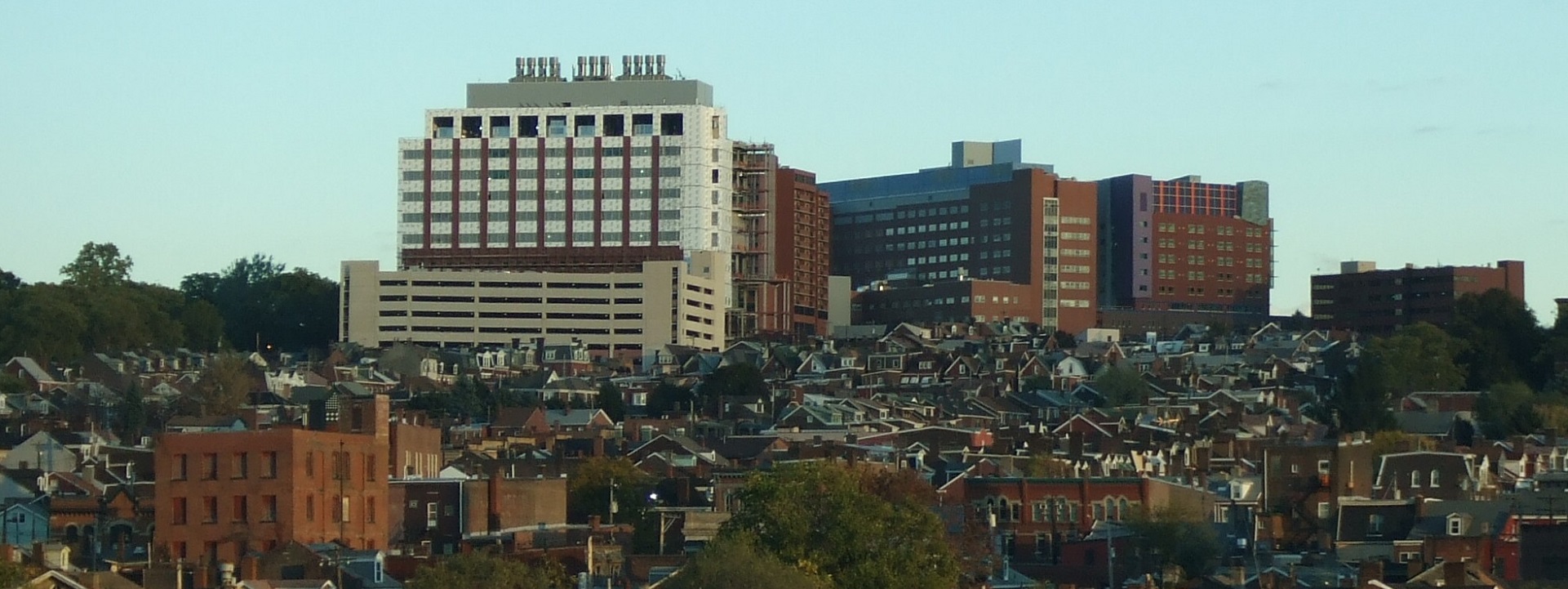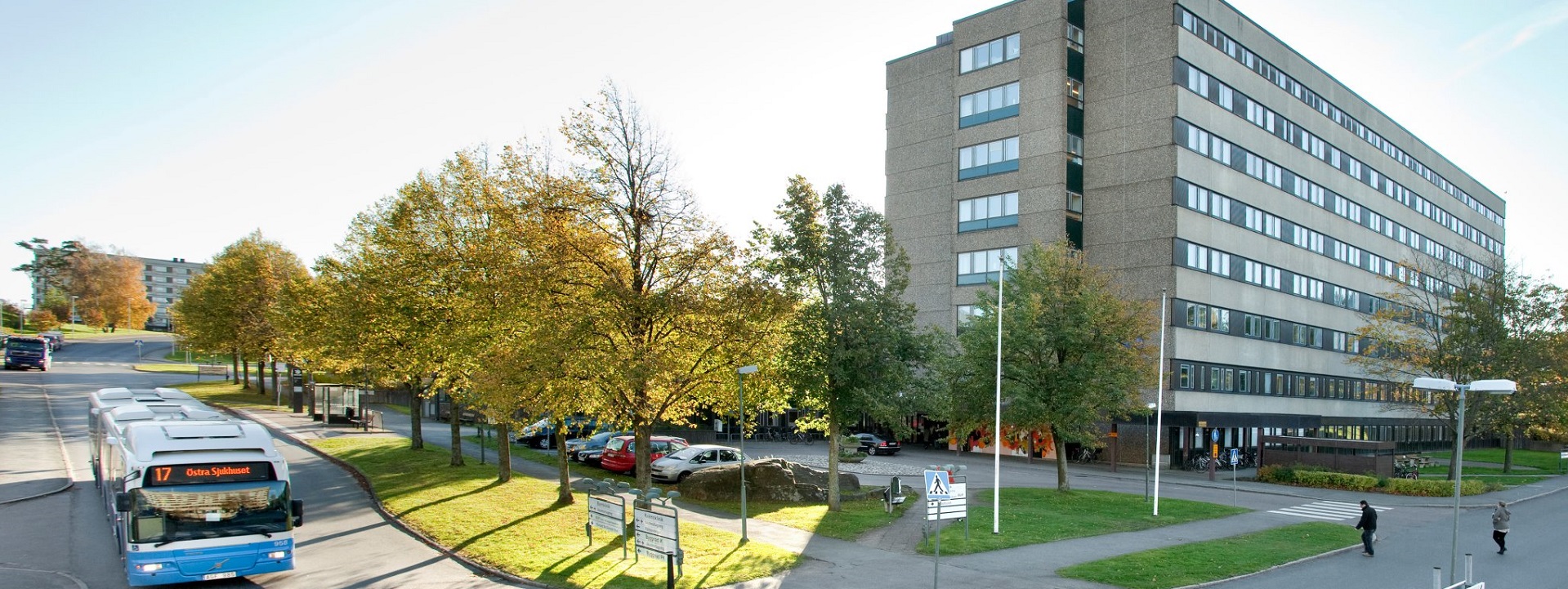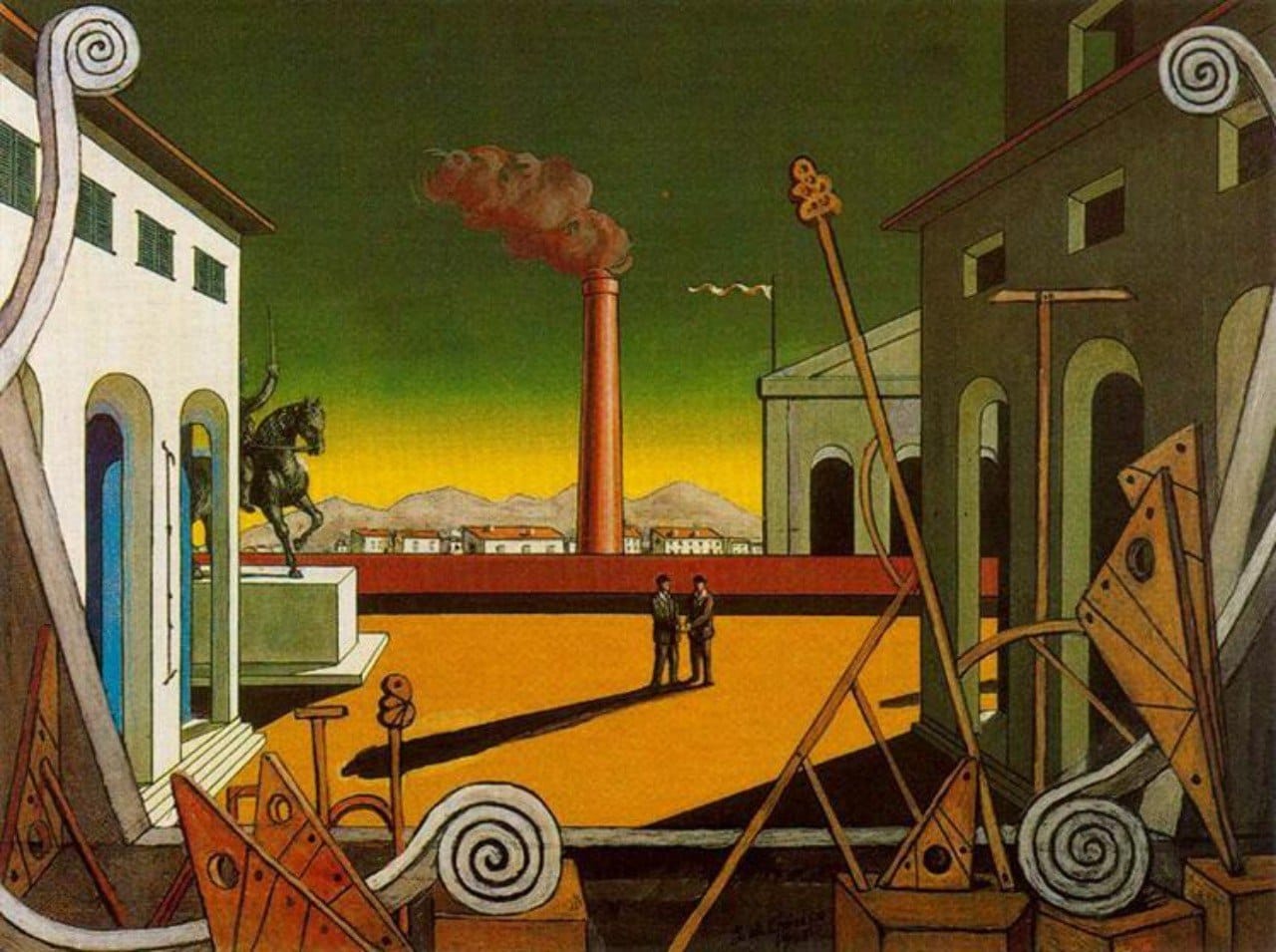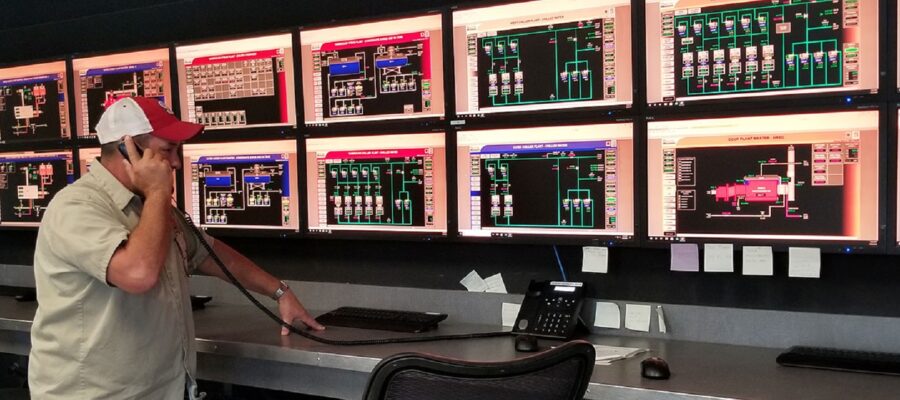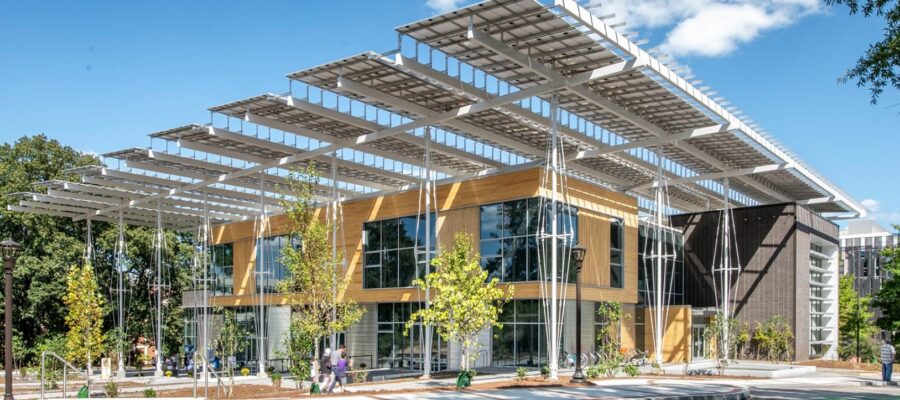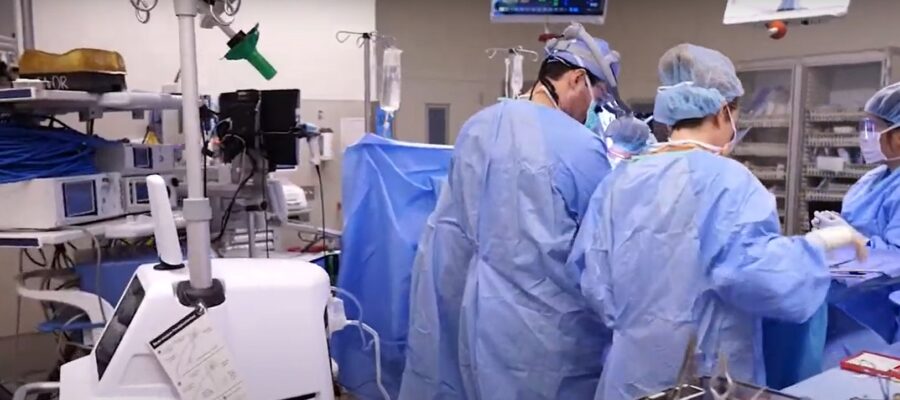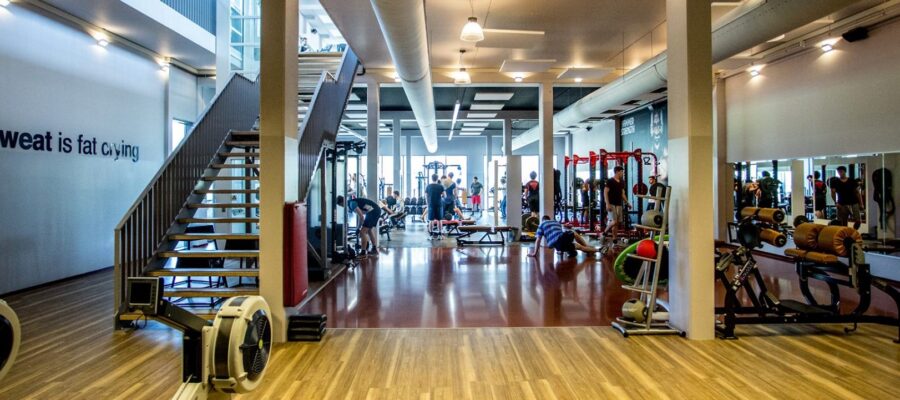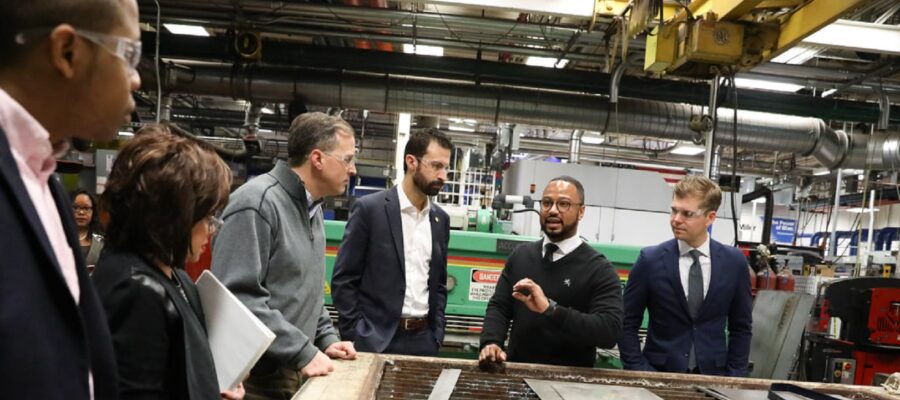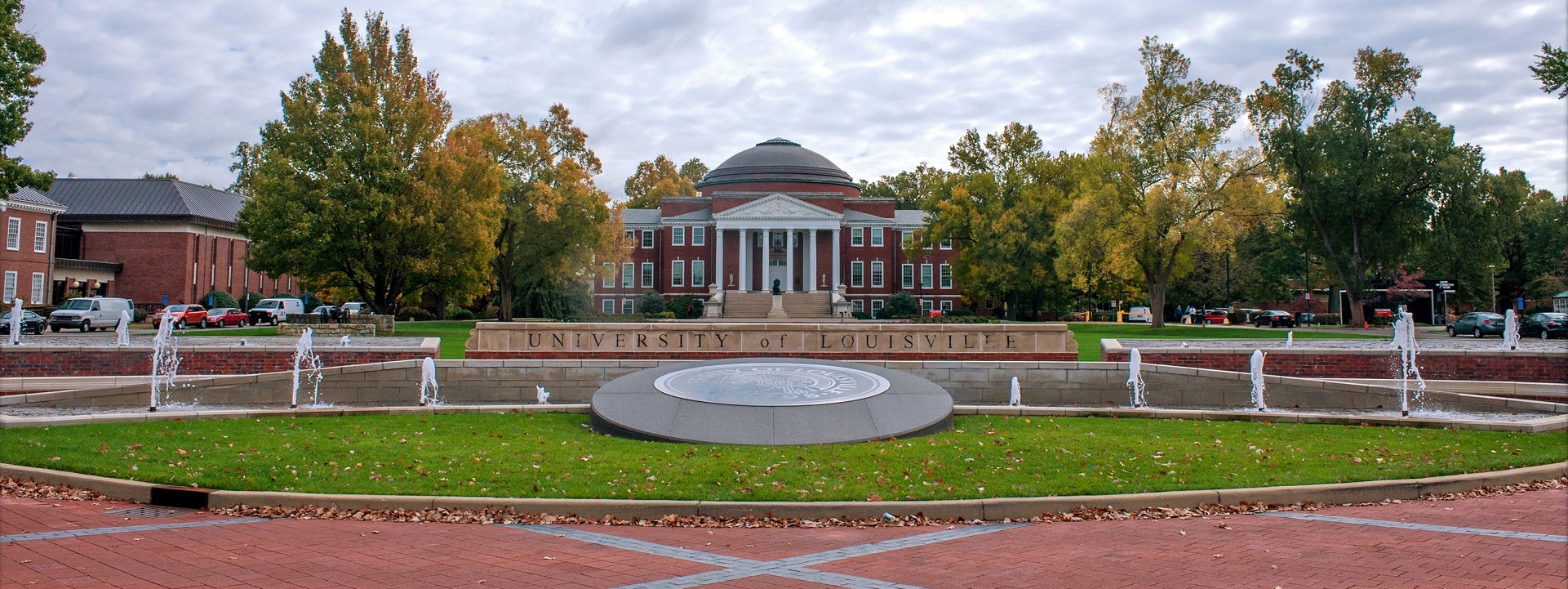Today’s Handout: Radon, et al (For future dedicated session)
During today’s colloquium we audit the literature that sets the standard of care for mechanical engineering design, construction operations and maintenance of campus district energy systems — typically miles (kilometers) of large underground pipes and wires that characterize a district energy system. Topically, Mechanical 400 deals with energy systems “outside” or “between” buildings; whereas Mechanical 200 deals with energy systems within an individual building envelope.
2024 International Mechanical Code
A campus district energy system is a centralized heating and cooling network that supplies thermal energy to multiple buildings within a defined area, such as a college or university campus. The system generates steam, hot water, or chilled water at a central plant, which is then distributed through an underground network of pipes to individual buildings for space heating, domestic hot water, and air conditioning. By consolidating energy production and distribution, campus district energy systems can achieve significant energy and cost savings compared to individual building systems, as well as reduce greenhouse gas emissions and improve reliability and resiliency of the energy supply.
We track standards setting in the bibliographies of the following organizations:
AHRI | Air Conditioning, Heating & Refrigeration Institute
ASHRAE | American Society of Heating & Refrigeration Engineers
ASHRAE Guideline 14: Measurement of Energy and Demand Savings
ASHRAE Guideline 22: Instrumentation for Monitoring Central Chilled Water Plant Efficiency
ASME | American Society of Mechanical Engineers
ASPE | American Association of Plumbing Engineers
ASTM | American Society for Testing & Materials
AWWA | American Water Works Association
AHRI | Air Conditioning, Heating & Refrigeration Institute
IAPMO | International Association of Plumbing and Mechanical Officials
IEC | International Electrotechnical Commission
Institute of Electric and Electronic Engineers
Research on the Implementation Path Analysis of Typical District Energy Internet
Expansion Co-Planning of Integrated Electricity-Heat-Gas Networks in District Energy Systems
Towards a Software Infrastructure for District Energy Management
IMC | International Mechanical Code
IDEA | International District Energy Association
District Energy Best Practices Handbook
District Energy Assessment Tool
IPC | International Plumbing Code
ISEA | International Safety Equipment Association
NFPA | National Fire Protection Association
SMACNA | Sheet Metal Contractors National Association
UL | Underwriters Laboratories
UpTime Institute
(All relevant OSHA Standards)
It is a large domain and virtually none of the organizations listed above deal with district energy systems outside their own (market-making) circle of influence. As best we can we try to pull together the peak priorities for the real asset managers and engineers who are responsible for these system.
* Building services engineers are responsible for the design, installation, operation and monitoring of the technical services in buildings (including mechanical, electrical and public health systems, also known as MEP or HVAC), in order to ensure the safe, comfortable and environmentally friendly operation. Building services engineers work closely with other construction professionals such as architects, structural engineers and quantity surveyors. Building services engineers influence the architectural design of building, in particular facades, in relation to energy efficiency and indoor environment, and can integrate local energy production (e.g. façade-integrated photovoltaics) or community-scale energy facilities (e.g. district heating). Building services engineers therefore play an important role in the design and operation of energy-efficient buildings (including green buildings, passive houses and zero energybuildings. uses. With buildings accounting for about a third of all carbon emissions] and over a half of the global electricity demand, building services engineers play an important role in the move to a low-carbon society, hence mitigate global warming.
More:
Practical Essay on the Stength of Cast Iron and Other Metals Thomas Tredgold (1882)
George Herman Babcock — through his patents of pumps, steam engines, and novel boiler designs with collaborator Stephen Wilcox — raised the standard for safe boiler design & operation.https://t.co/qakAw4jfCn pic.twitter.com/3rCxXHkBfM
— Standards Michigan (@StandardsMich) October 21, 2020


